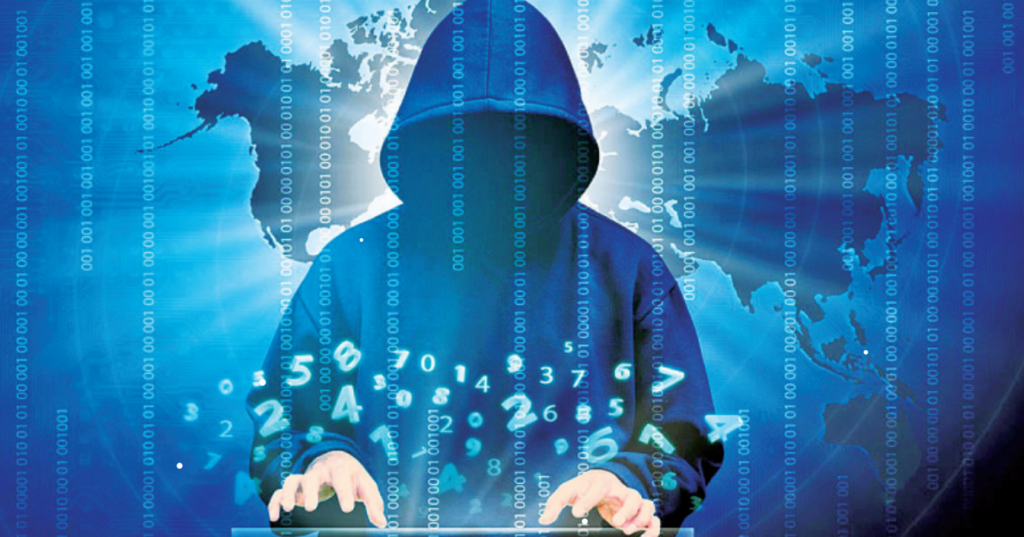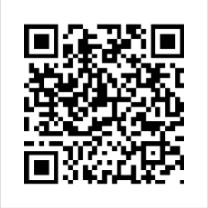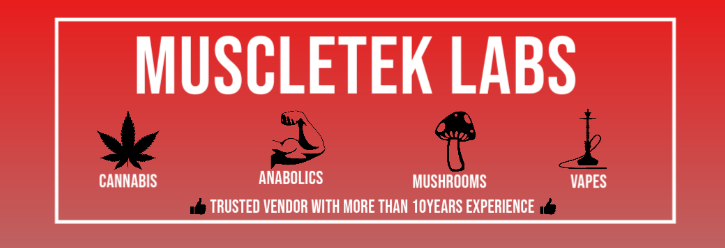Extremism and terrorism in the digital domain

In the age of selfies, snaps, likes and shares, the internet and social media have transformed the way in which people communicate. In early 2019, global internet penetration reached 57 percent, or 4.4 billion users, and the overall number of mobile social media users reached 42 percent, or 3.2 billion people. This means that people are able to share ideas, communicate and interact more rapidly than ever before, including with audiences on the other side of the world. Terrorist groups have certainly leveraged these new mechanisms and platforms for communicating amongst themselves and to potential recruits. Terrorist groups have been known for producing sleek videos circulated on YouTube and Twitter, and have mastered new and emerging technologies and social media platforms, such as Telegram; all to promote its messages in cyberspace. Social media and the internet have accelerated the speed and reduced the cost of sharing information. This has supported the process of many terrorist organisations to reorganise themselves into a network style structure and enhanced the capacity of each cell to operate independently, especially for the dissemination of the organisation’s messages.
faceless terrorists

The internet is a fertile breeding ground where faceless terrorists communicate hatred and intolerance, which manifests in carnage and death. A survey by the International Journal on Cyber Warfare stated that there were 50 million tweets globally by eight million users with the keywords – ‘ISIS and ISIL’. The new trend is e-terrorism extending to multidimensional propaganda. ISIS leaders post videos on YouTube glorifying the actions of their cadres worldwide. The internet can be accessed by anyone remotely. There is no need for facial interaction. It is an invisible cyber battleground. Modern terrorist networks typically consist of widely distributed, smaller cells who communicate and coordinate their campaigns in an interweaving fashion.
In our rapidly changing world, it takes a coordinated effort of the public and private sectors to identify new threats on the horizon and ensure both police and society are prepared to face them. The illicit sale of drugs, firearms and explosives; people smuggling; money laundering; terrorist activities; and cybercrime can all be facilitated by these technologies. There has been a growth in the use of technologies which provide anonymity to their users. The Darknet – the vast portion of the Internet which can only be accessed using specialised software – and virtual crypto currencies have many positive benefits, but the focus on anonymity leaves them open to misuse by criminals.
As a partner in the European-Union funded Project Titanium the INTERPOL assisted in the development of a block chain analytics tool called Graph Sense which supports the tracing of crypto currency transactions. This tool allows investigators to search crypto currency addresses, tags and transactions, to identify clusters related to an address and therefore ‘follow the money’ in support of their investigations. The ‘Practitioner Manual for ASEAN Countries to Counter Terrorism using the Darknet and Crypto currencies’ will provide law enforcement users with comprehensive guidelines on investigating terrorist activities on the Darknet, including those involving the use of crypto currencies.
Fake websites
Terror groups will often use fake websites that have the ‘look and feel’ of a legitimate website. Another way of obtaining your personal data (for identity theft) is by sending fake ‘cloned’ e-mails which may ask for your full name, bank accounts and mobile numbers. A common trick in cybercrime is the use of misspelt URLs and use of sub-domains to deceive and redirect you elsewhere. A new digital threat was found overseas in the form of ransomware – this is a malware that encrypts or locks your valuable digital files and then demands a ransom (cash) to release the locked data. Ransomware can thus infiltrate important computer systems and cripple the nation’s finances, cause mayhem in the stock markets and create havoc on air traffic flight control systems.
Psychologists agree that terrorists thrive on the oxygen of publicity. Jihadist ideology wants people to show them sympathy and propagates a negative attitude towards those who reject them.
There are 46,000 suspected Twitter accounts (from Iran, Iraq and Saudi Arabia) that post tweets supporting the ISIS and will also influence radicals following them. Many tweets also originate from the Al-Khansaa Brigade, ISIS All-Women Police Force. Al-Khansaa was a famous Arabian poet decades ago. Social media propaganda can attract viewers as well as present a strong narrative that addresses the push and pull factors of local communities, it is likely to impact the radicalisation process of vulnerable individuals.

Electronic evidence is a component of almost all criminal activities and digital forensics support is crucial for law enforcement investigations. Electronic evidence can be collected from a wide array of sources, such as computers, smart phones, remote storage, unmanned aerial systems, ship borne equipment, and more. Another modern example of high-quality propaganda is that of the video game Salil- al- Sawarem (The Clanging of Swords): a “first-person shooter” game that was modeled to gain publicity for – and draw attention to ISIS. Trailers for the game were released on multiple websites and platforms across the internet. In this way, these types of sophisticated communications can easily go viral. The modern appearance assists with translating the terrorists’ violence into a language that is understandable for the average young viewer, thereby increasing the psychological impact on the target audience.
Online radicalisation
In addition to games, videos, and images, several terrorist groups also publish online magazines, and these publications appear to play an important role in online radicalisation. The accessibility and popularity of sleek online magazines has reportedly contributed towards the successful enlargement of several terrorist organisations, including ISIS, through their magazines Dabiq and Rumiyah, Al-Qaeda via Inspire, and Al-Shabaab through Gaidi Mtaani. The inclusion of images that show fighters in militarized clothing has been shown to attract individuals to violence. Additionally, emphasis on masculinity and bravery has been found to appeal to individuals who desire excitement and are attracted to thrill seeking.
The inclusion of religious quotes, the presentation of members as heroic martyrs glorifying their violent (suicide bomber) deaths as a sacrifice, and the portrayal of a common enemy appeal to diverse readers, and leads towards a philosophical discussion. The ability of terrorist organisations to produce inspiring, high quality propaganda that can be shared on social media and the internet has been of critical importance for their brand management and their approach to radicalization, as well as using mainstream social media, such as those mentioned already, it should also be noted that terrorist groups use a wide range of various other social networking sites, including Flickr, Vimeo, Instagram, and Sound Cloud, as well as their own blogs and websites.
The digital domain is rife with terrorism. It must be fully monitored by law enforcement agencies in every nation.




















